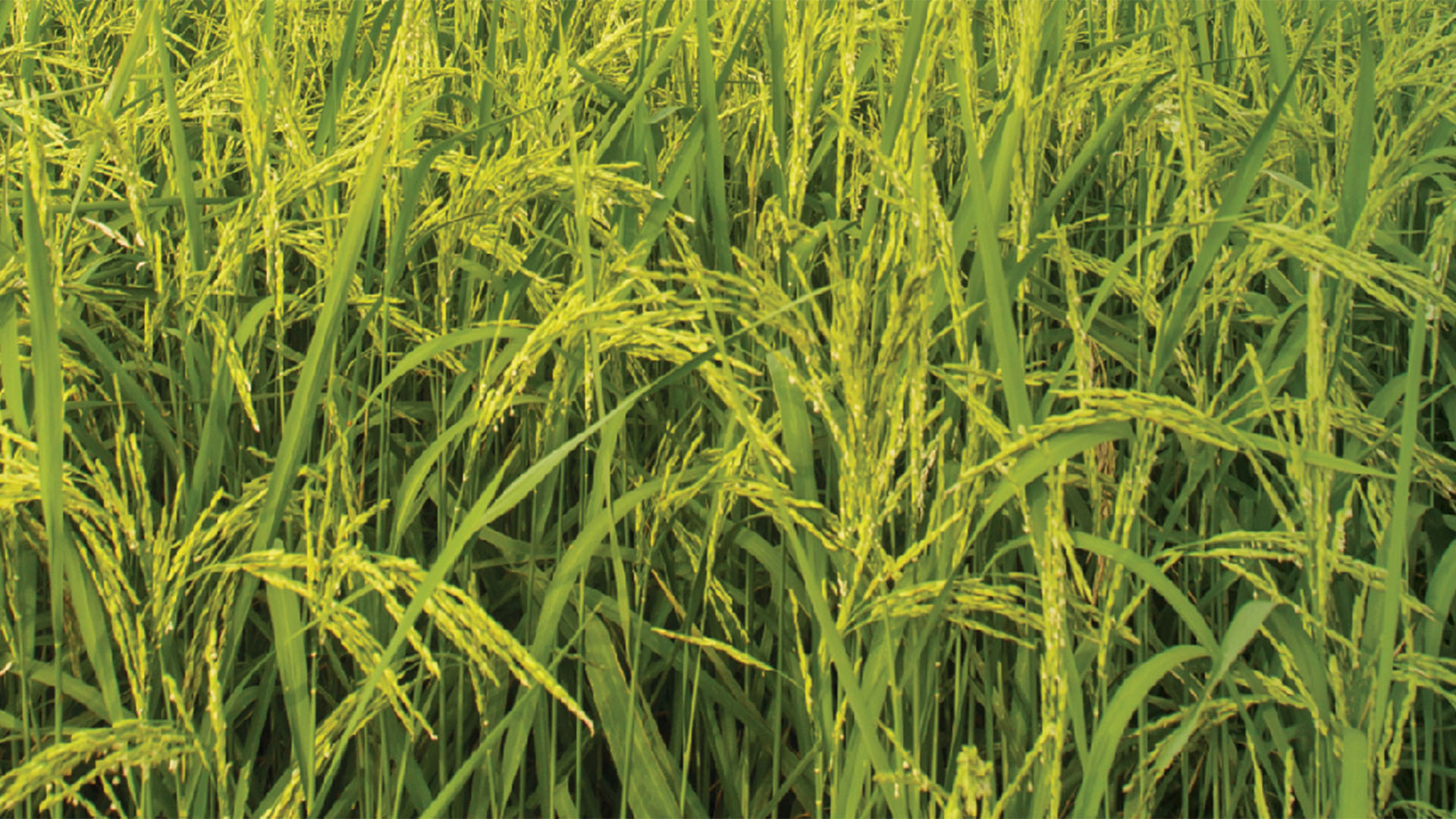Research Report
Research Conducted by: Luisella Celi, PhD, University of Torino, Italy

Decreasing As levels in the rice grain, particularly the more toxic inorganic forms (As [III] and As [V]) is, therefore, one of the main objectives of rice producers and policymakers. The European Commission has recently set a limit of As content in commercial rice to 200 µg kg-1 for white rice and to 100 µg kg-1 for baby food rice. Hence, it is essential to establish appropriate agronomic practices for reducing As accumulation in rice.
A promising practice is the application of silicon (Si) sources, since Si competes with As uptake at the root level. There are only a few efficient silicon sources in the market that limit As uptake by plants. Therefore, it is necessary to identify efficient fertilizers that are safe for the environment and food quality.
In this study, Huma Gro® Sili-Max® demonstrated its ability to supply rice plants with available Si while decreasing inorganic As content in the grain more significantly than the other tested Si sources. Sili-Max® proved to be a promising Si source not only for supplying Si but also for limiting plant uptake of inorganic As, one of the most toxic elements in rice products.
Read the Report Online Download the Report PDF
Listen to a 3-minute presentation on the study by Dr. Abi-Ghanem:
To learn more about purchasing Huma Gro® products, please click here.
Related Posts

Promax® Efficacy in Controlling Strawberry Pathogens
Plant Sciences, Inc., conducted an independent study to test the efficacy of Promax® for inhibiting mycelial growth of 8 fungal strawberry pathogens through in vitro bio-assay. The following 8 fungi and fungal-like pathogens were tested: Botrytis cinera Colletotrichum acutatum Cylindrocarpon destructans Fusarium oxysporum f. sp. fragariae Macrophomina phaseolina Phytophthora ramorum Rhizoctonia solani Verticillium dahlia After...

Pay Attention to Sulfur
A new article from Dr. Mike Stewart in Plant Nutrition Today (a publication of the International Plant Nutrition Institute), reminds us that “Sulfur (S) is an important component of a complete and balanced crop nutrition program and has justifiably gained more attention in recent years. Crop consultants and decision-makers are well advised to pay attention...

The Right Stuff for Soils and Plants
By Mojtaba Zaifnejad, PhD When applied fertilizers benefit soil health and plant growth, and are readily available to them, it is said that they are bioavailable. The extent of bioavailability of nutrients and fertilizers applied to soil and plants determines their effectiveness in improving soil health and crop yield. In addition to the 4Rs approach,...

